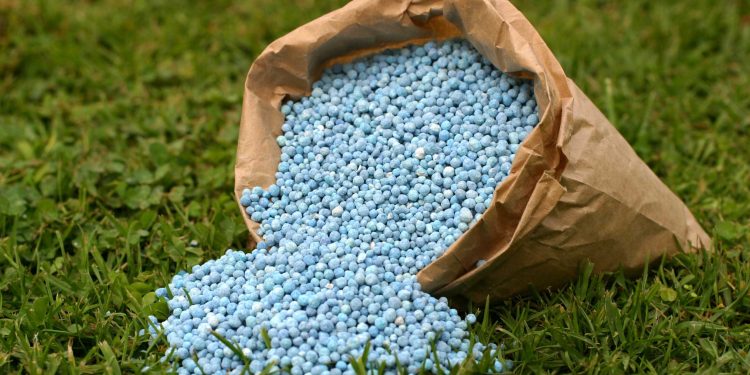#GreenFertilizer #SustainableAgriculture #ClimateChangeMitigation #RenewableEnergy #NitrousOxideEmissions
In the face of mounting concerns over climate change and its impact on agriculture, researchers from Iowa State University and Wichita State University are embarking on a groundbreaking project aimed at revolutionizing fertilizer production. This initiative aims to address two critical challenges simultaneously: reducing greenhouse gas emissions and creating a sustainable solution for nutrient-rich fertilizer production.
Development of the Green Fertilizer System
The collaborative effort between Iowa State University and Wichita State University is centered around the development of a cutting-edge system that captures waste nitrogen and carbon dioxide to produce a unique “green urea” fertilizer. The motivation behind this system lies in its potential to significantly mitigate nitrous oxide (N2O) emissions – a greenhouse gas that is 300 times more potent than carbon dioxide (CO2).
At its core, the project seeks to design materials, processes, and reactors for the electrochemical capture and conversion of waste nitrogen and carbon dioxide. By harnessing these captured resources, the researchers aim to synthesize a sustainable green urea fertilizer that holds the promise of reduced greenhouse gas emissions.
Consequences of the Green Fertilizer Revolution
Environmental Impact
The development of this green fertilizer system carries profound environmental implications. The reduction of nitrous oxide emissions, a byproduct of traditional fertilizer use, would play a pivotal role in curbing the agricultural sector’s contribution to climate change. By capturing waste nitrogen and carbon dioxide, and subsequently converting them into a usable fertilizer, the project tackles two environmental challenges at once – waste reduction and greenhouse gas emission control.
Economic Resilience for Agriculture
Beyond its environmental advantages, the project also focuses on bolstering the economic resilience of agriculture in the Midwest. As a region heavily reliant on farming and ranching, the Midwest is particularly vulnerable to the consequences of climate change. By providing a sustainable and innovative solution like the green urea fertilizer, the researchers aim to safeguard the long-term viability of agricultural practices in the face of evolving climate threats.
Integration of Renewable Energy
A key aspect of the project’s sustainability lies in its integration of renewable energy sources. The researchers plan to utilize wind and solar energy to power the electrochemical synthesis of the green fertilizer. This not only reduces the environmental footprint of the fertilizer production process but also aligns with the Midwest’s capacity for generating abundant renewable energy.
Conclusion
The collaboration between Iowa State University and Wichita State University exemplifies a proactive approach to addressing the pressing challenges of modern agriculture and climate change. By reimagining the way fertilizers are produced, the research teams are poised to significantly cut greenhouse gas emissions, enhance economic resilience for farming communities, and foster sustainable agricultural practices. This endeavor not only aims to revolutionize fertilizer systems but also serves as a testament to the power of research-driven solutions in mitigating the impacts of climate change.











